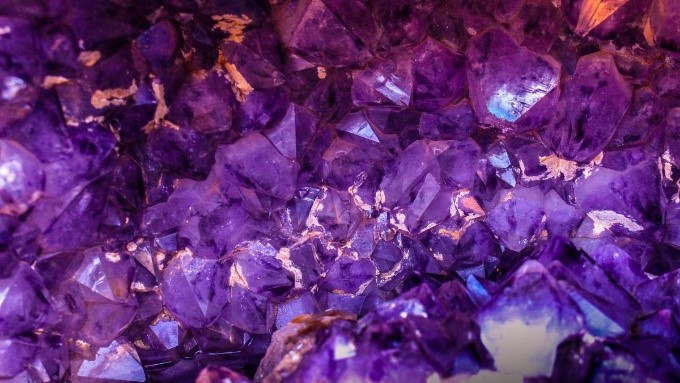Free Courses Sale ends Soon, Get It Now


Free Courses Sale ends Soon, Get It Now



Disclaimer: Copyright infringement not intended.
Context:
About:
In a nutshell,

Prevalence:
Applications:
Recent Finding- Third Source:

https://www.thehindu.com/sci-tech/science/quasicrystals-remember-the-chaos/article66480253.ece
© 2024 iasgyan. All right reserved